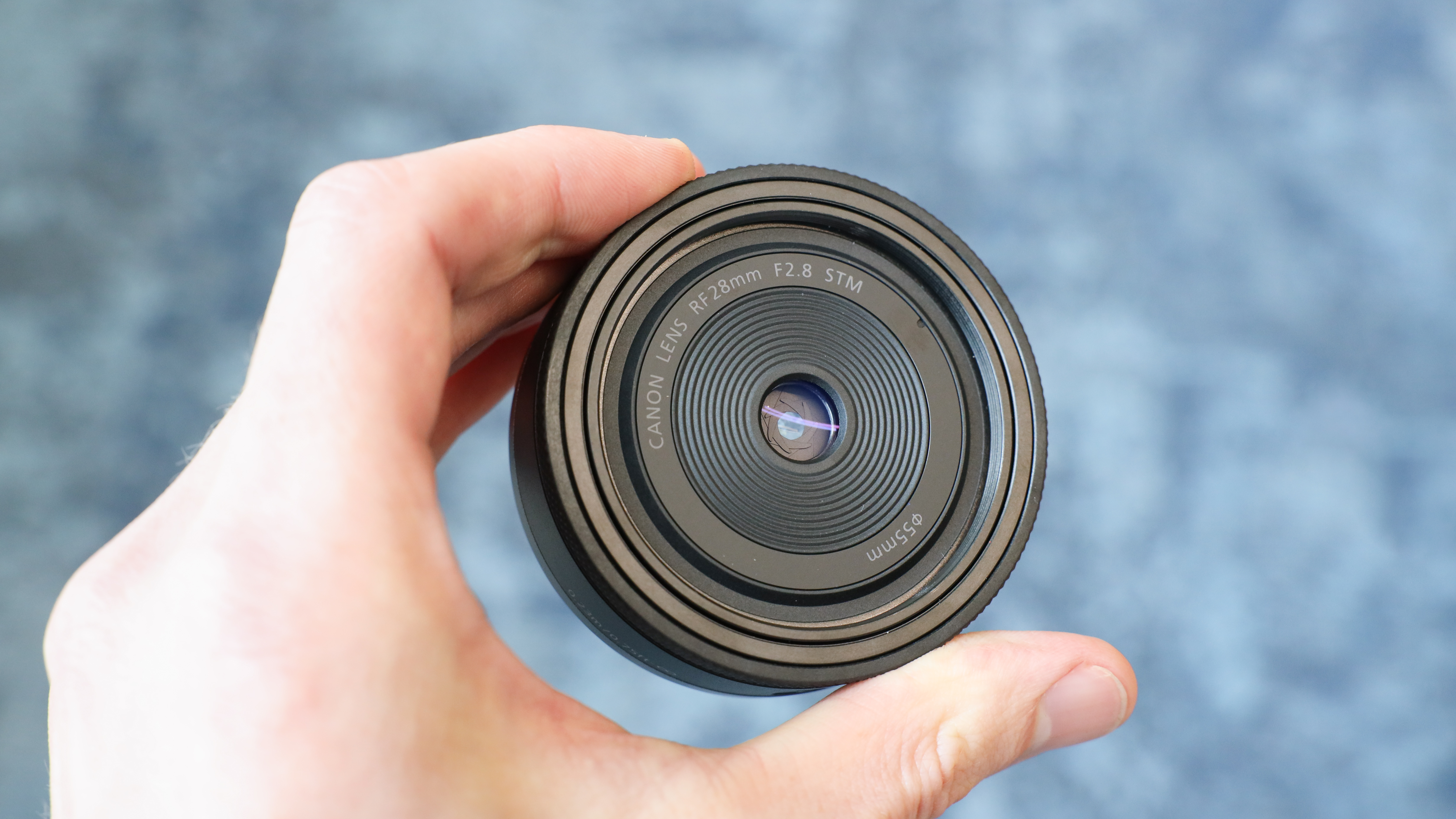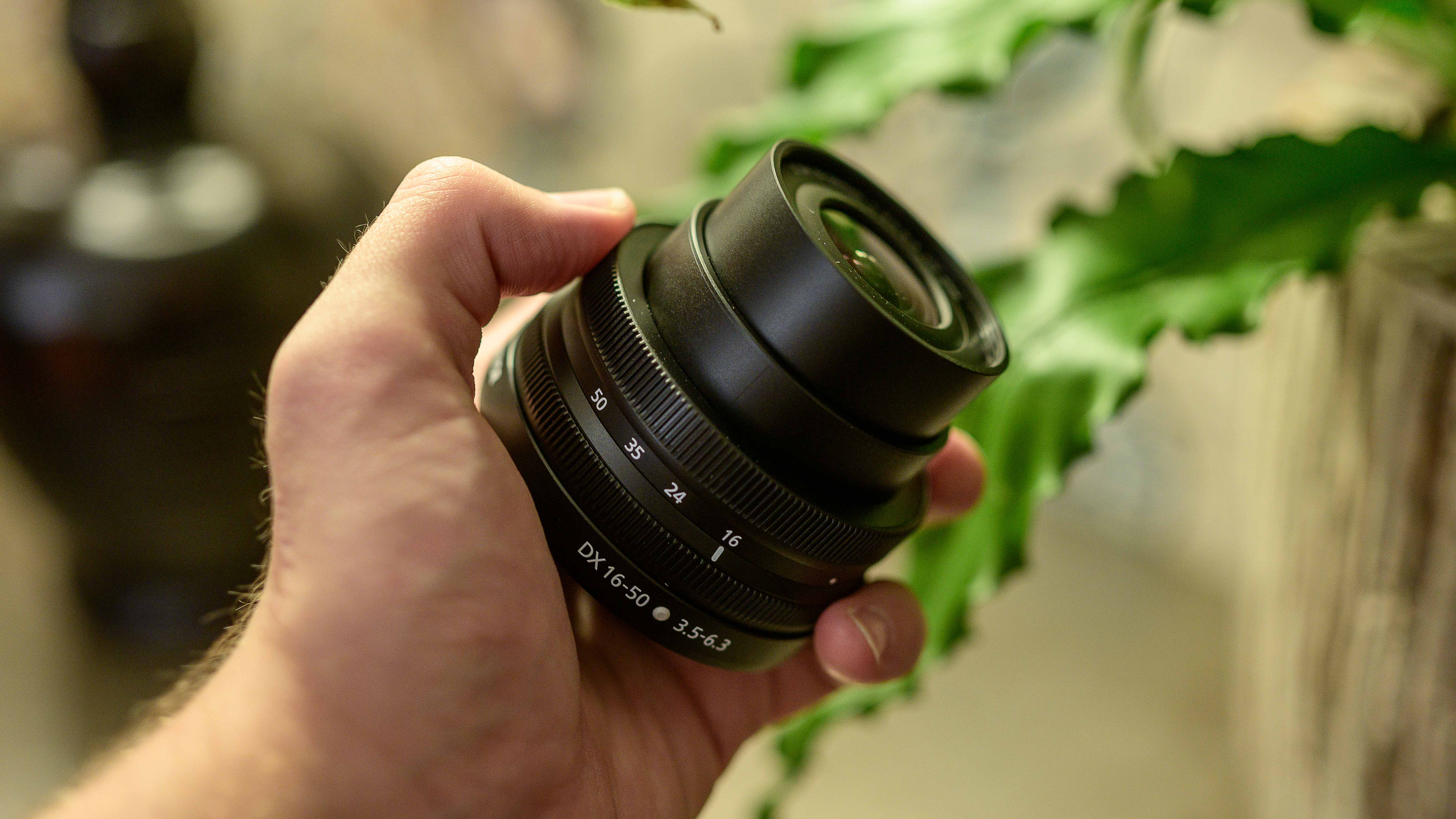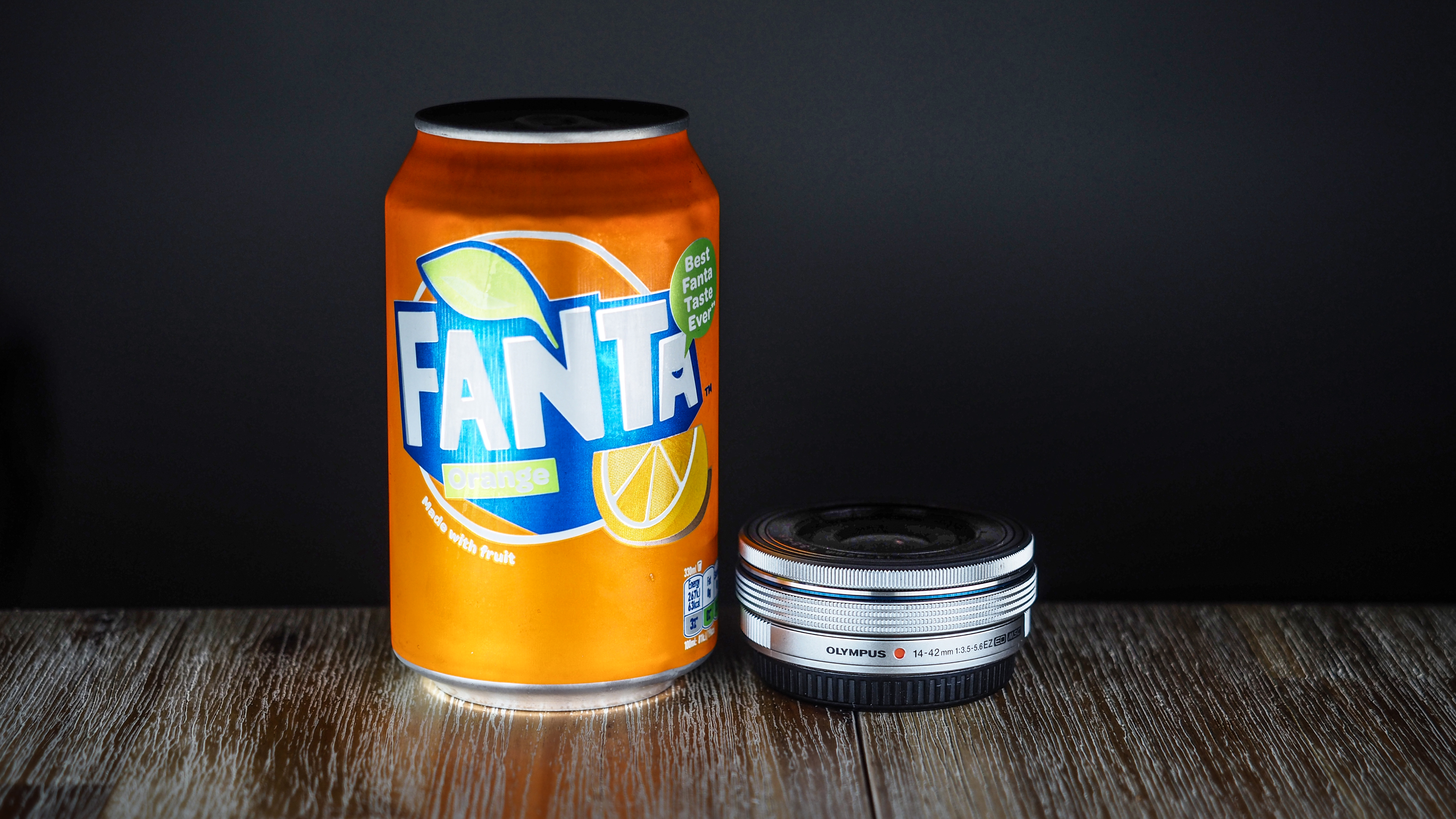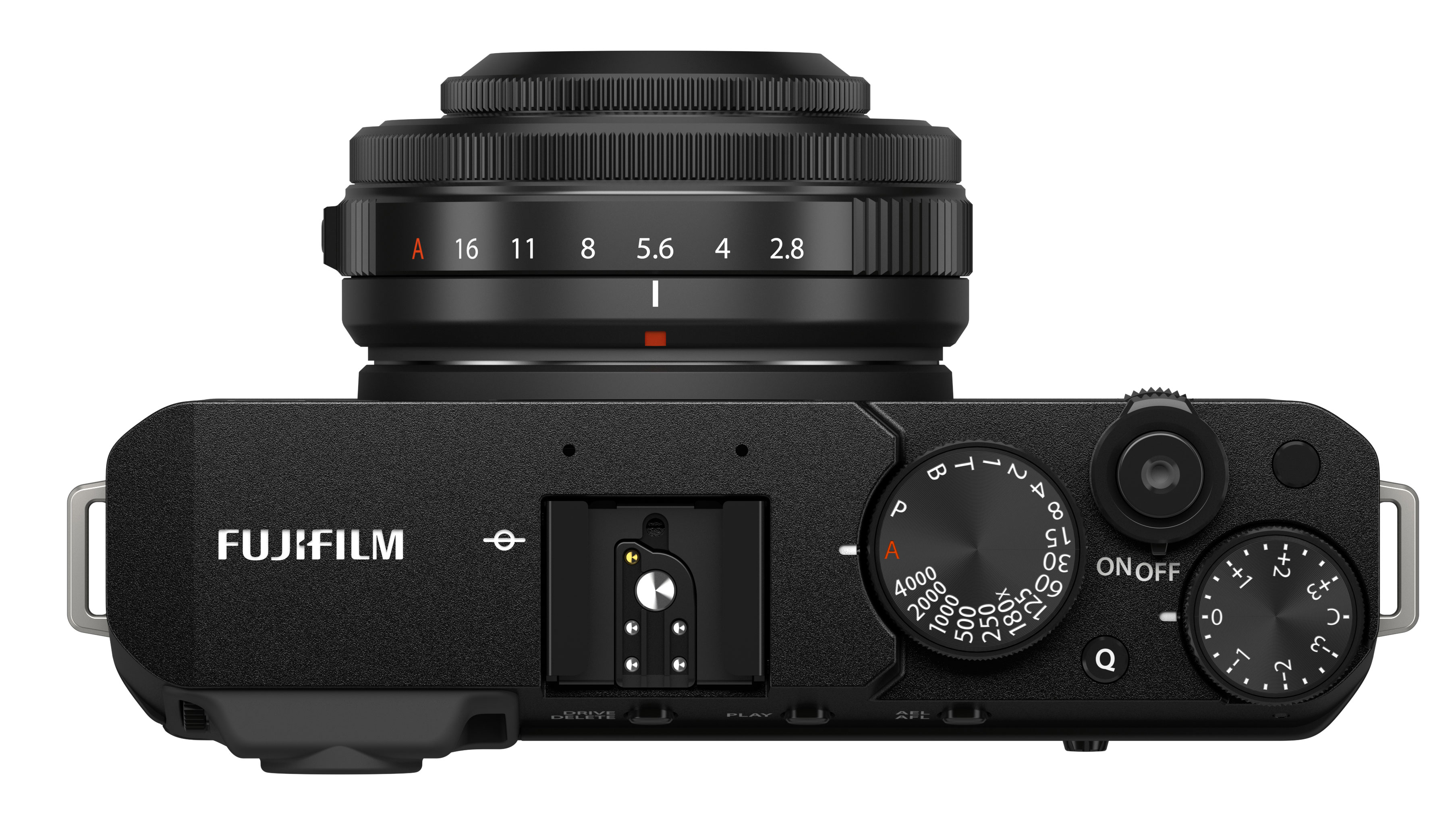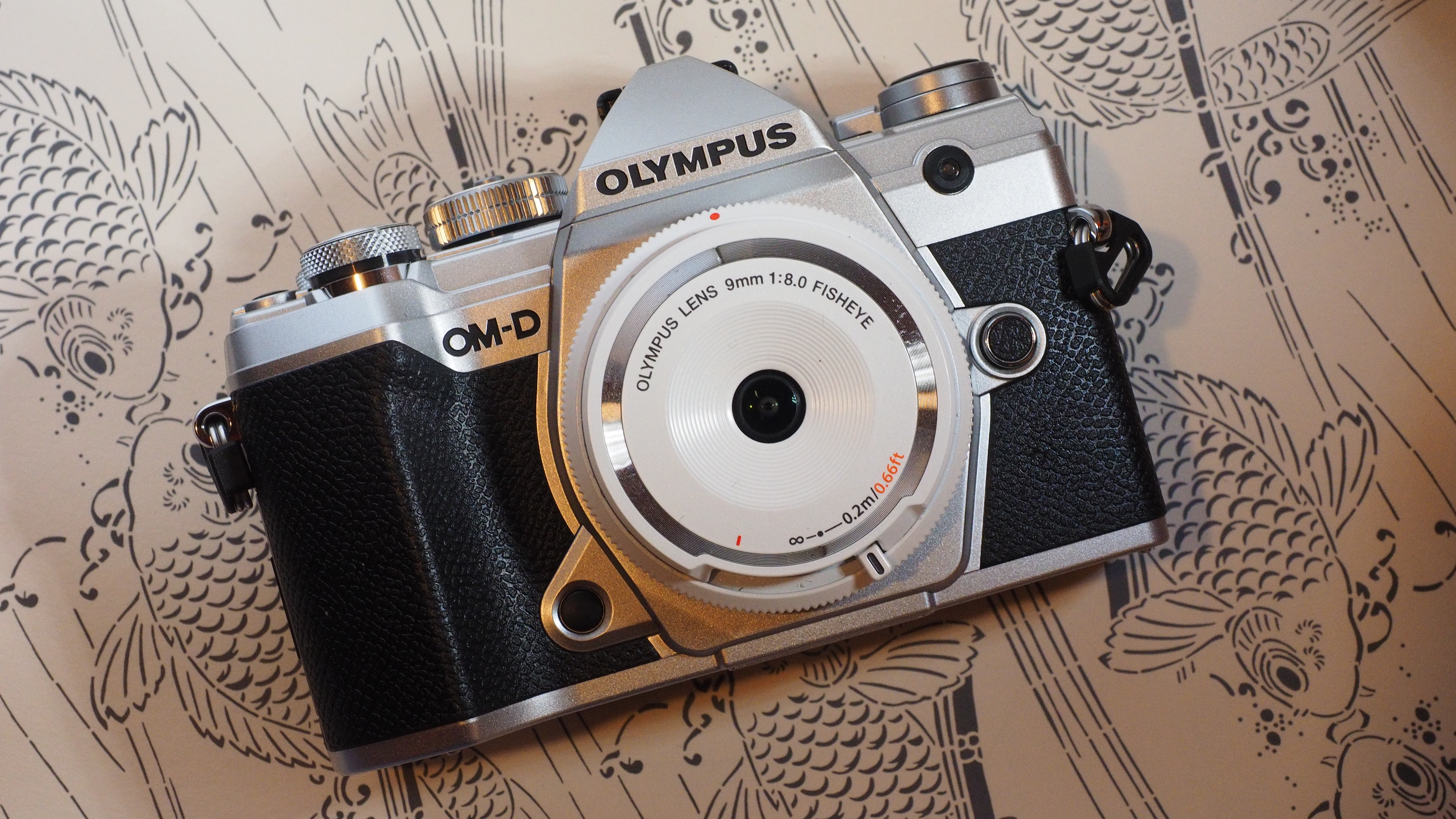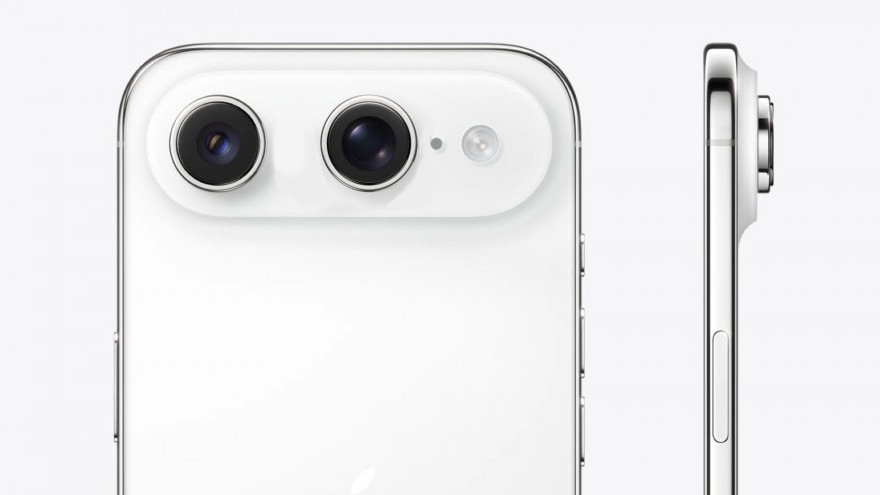The best pancake lenses in 2025: super-skinny primes and zooms
At around an inch thin – or even less – the best pancake lenses are downsized delights and ideal for traveling light
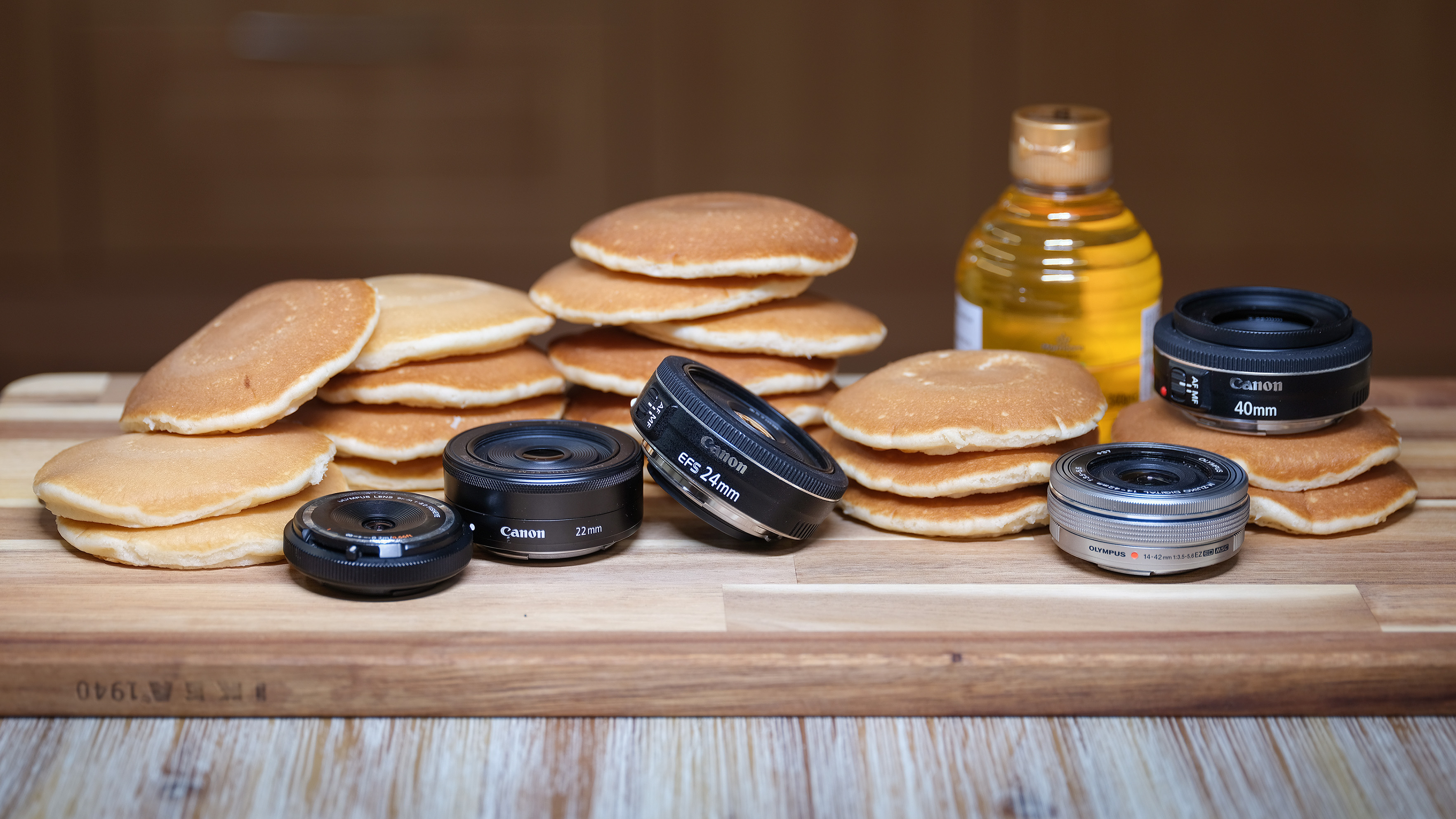
Want to lighten your load? The best pancake lenses for Canon, Nikon, Fujifilm, Micro Four Thirds and Sony mounts will do just that! Small, lightweight, and affordable, the lenses get their moniker from their flat, thin profile. They’re designed to protrude as little as possible from the camera body, keeping your setup slim, unobtrusive, and easy to stow away. This makes them among the best lenses for street photography, as well as for everyday shooting and travel photography.
Pancake lenses come as primes as well as zooms – the latter of which need to be 'telescoped' out before shooting. Inevitably, some compromises are made to shoehorn all the elements that make up a lens into such super-slim optics, and a pancake lens will tend to have a slower maximum aperture than a chunkier equivalent might, and optical quality tends to be pretty good rather than great.
So, with that in mind, here are the best pancake lenses you can find right now. Just don't drizzle maple syrup on them, unless they're weather-sealed…
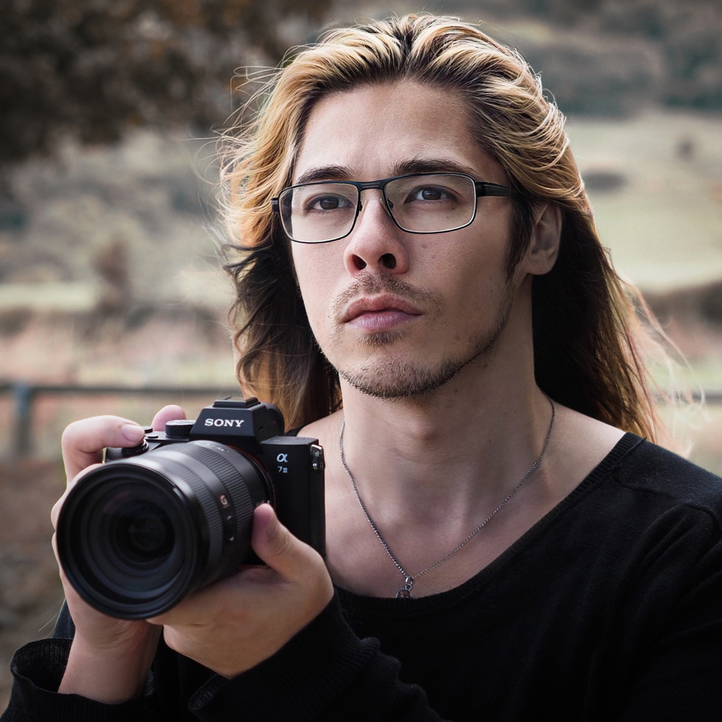
The editor of Digital Camera World, James has over 20 years’ experience as a journalist. As one of DCW's principal testers, he's tried and tested more lenses than you've had hot pancakes, so there could be no better guide to the best pancake lenses.
The Quick List
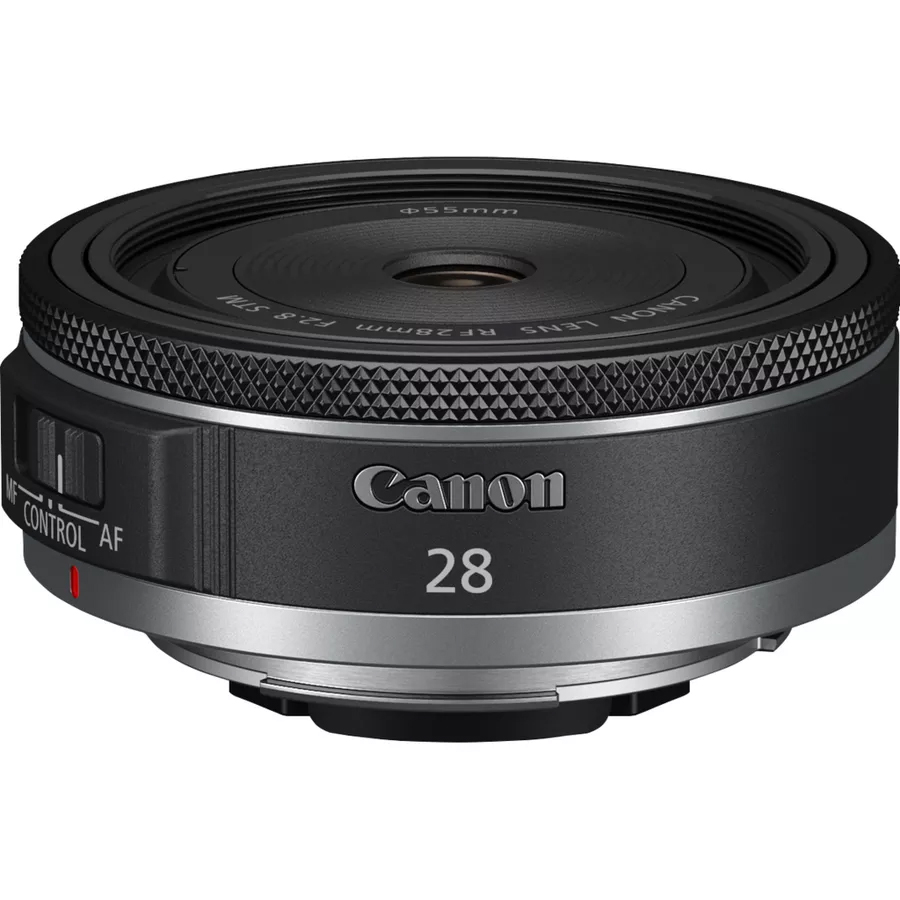
Its slim build and moderately wide angle of view make this a great prime for surreptitious street photography.
Read more below

With an effective focal length of 24-75mm, this super-slim standard zoom is the ideal kit lens for DX-sensor Nikon Z-series cameras.
Read more below
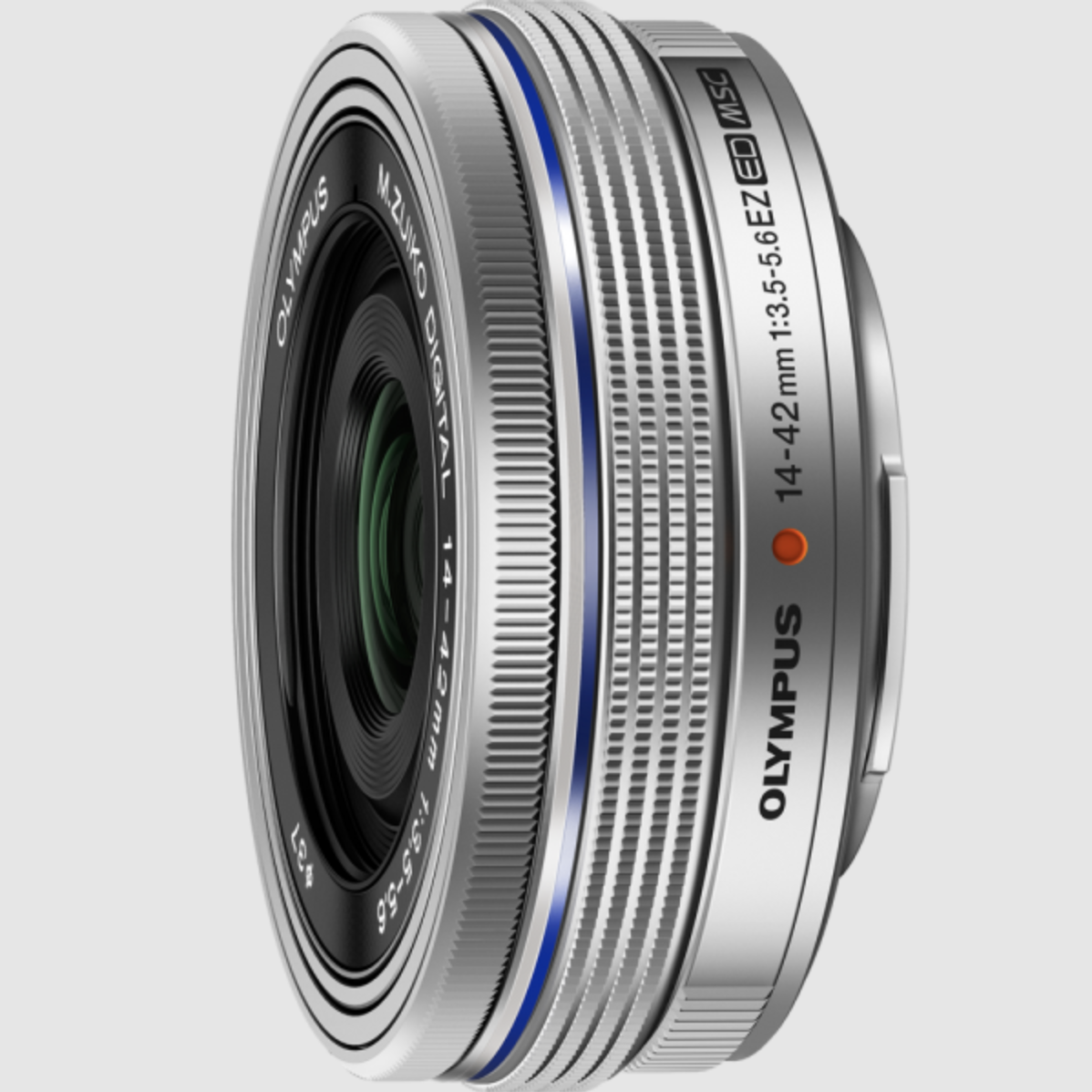
This Olympus-built lens for the Micro Four Thirds mount has a versatile effective focal length of 28-84mm, thanks to the 2x crop factor.
Read more below
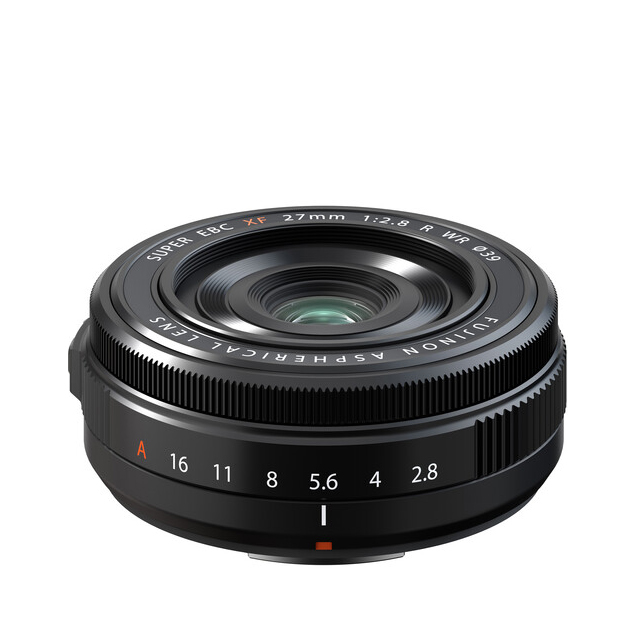
A 40mm effective focal length and f/2.8 max apeture makes this a little prime a top choice for street and everyday photography.
Read more below
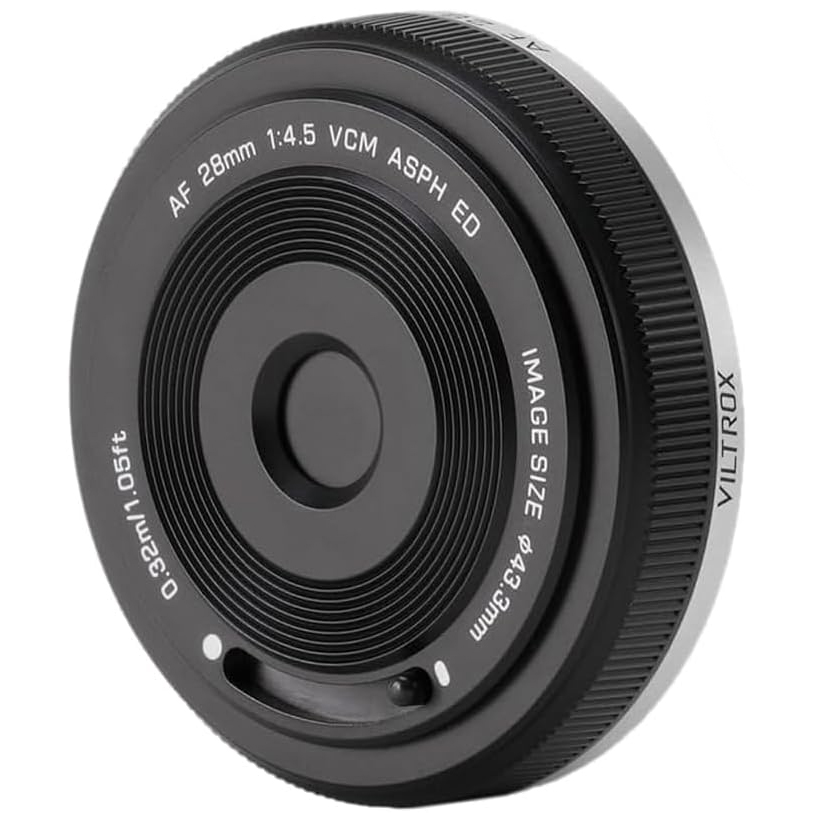
At just half an inch thick and weighing in at a couple of ounces, this Viltrox-made lens is my favorite Sony E-fit pancake.
Read more below

This budget-priced prime for APS-C sensor bodies is available in Fufjifilm X, Nikon Z and Sony E mounts, and has a 40.5mm effective focal length.
Read more below
See more products
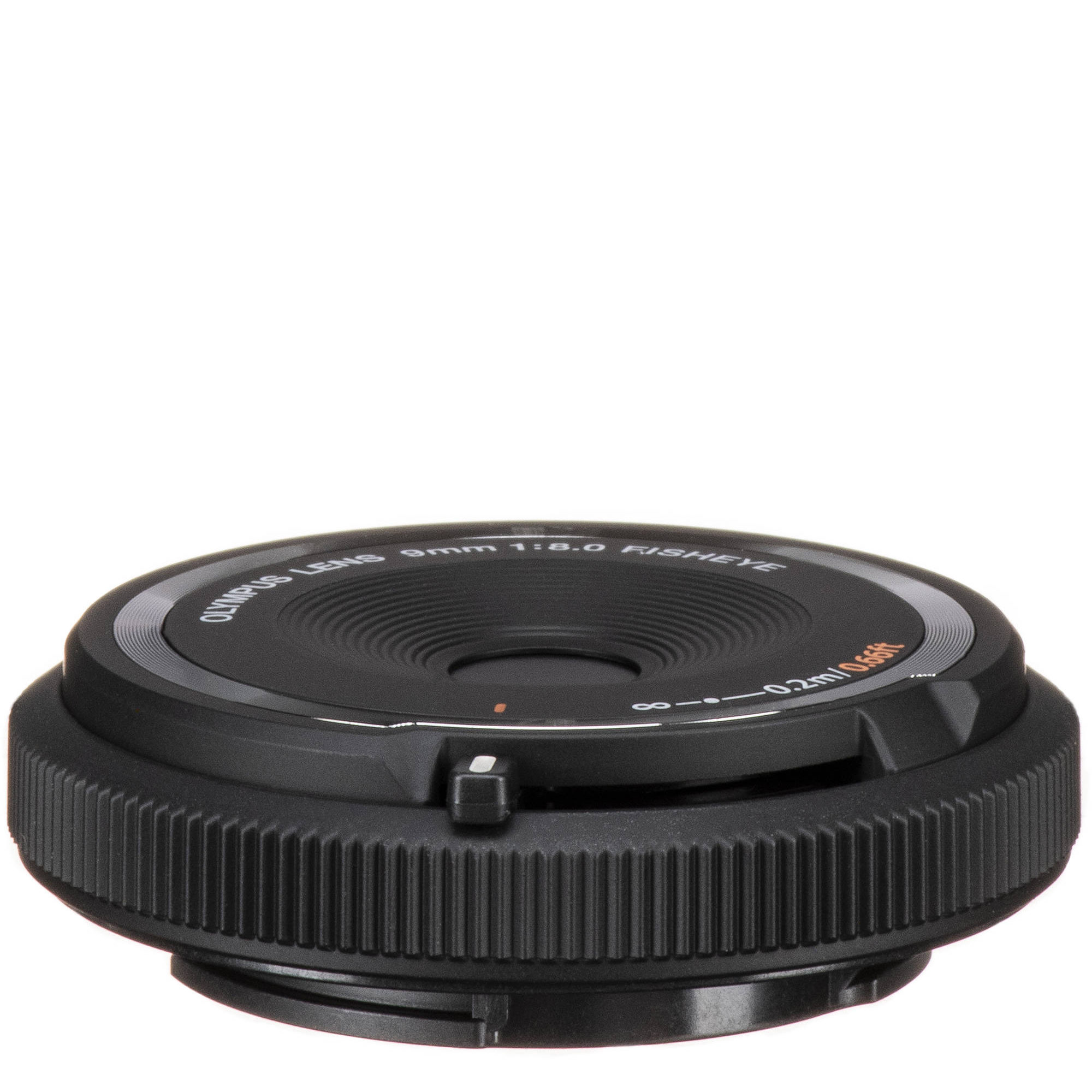
Super-slim, even for a pancake lens, this f/8-fixed-aperture 9mm fisheye can effectively replace the body cap for Micro Four Thirds cameras.
Read more below

For those remaining loyal to their Canon DSLRs, the 38mm effective focal length makes this a great choice for street shooters.
Read more below
Canon RF
Specifications
Reasons to buy
Reasons to avoid
This pancake prime is the smallest lens yet for the Canon EOS R mirrorless system. It is compatible with full-frame cameras, but can be equally useful on an RF-S model such as the Canon EOS R100, where it offers an effective focal length of around 45mm.
Although it only weighs 120g, this lens doesn't feel cheap or poorly made. On the contrary, it appears to be a well-built optic – but understandably for its price, doesn't have any weather sealing.
A customizable ring at the front of the lens can be adjusted using a small selector switch on the side. This toggles it between being a control ring (for exposure control) and a traditional manual focus ring. However, the ring has a very thin profile, and some may find it difficult to use for manual focus.
See our hands-on Canon RF 28mm f/2.8 STM review
Nikon Z
Specifications
Reasons to buy
Reasons to avoid
The Nikon Z DX 16-50mm f/3.5-6.3 VR is a pancake zoom that perfectly suits the small size of cameras like the Nikon Z50 II. It’s tiny, it’s light, and it’s sure to prove popular with travel and street photographers alike. Its ability to focus down to 0.2m is mighty impressive, though the minimum distance increases with focal length.
Although this lens' plastic build may lack that premium feel, the addition of a silent control ring is a nice mod con – and will be particularly welcomed by video shooters wishing to adjust aperture noiselessly. What the Z DX 16-50mm lacks in speed, it makes up for in price, versatility and convenience. APS-C kit lenses are usually pretty big and clunky, and many camera owners will dream of a compact kit lens like this.
The DX 16-50mm f/3.5-6.3 VR does not offer the constant maximum aperture or optical quality of a pro lens, but its performance is excellent for a low-cost kit lens – and the fact that it's so compact, fast and silent makes it a first-class everyday zoom.
Indeed, much as I love the Nikon Z50 series of cameras, I have to admit that the system would be significantly less compelling were it not for this magical piece of glass!
See our full Nikon Z DX 16-50mm f/3.5-6.3 VR review
Micro Four Thirds
Specifications
Reasons to buy
Reasons to avoid
An absolute favorite lens of mine is the astonishingly slim yet impressively performing Olympus M.Zuiko 14-42mm f/3.5 f/5.6 EZ Pancake. Commonly paired with similarly svelte PEN cameras and the Olympus OM-D E-M10 Mark IV, it is a liposuctioned version of the larger 14‑42mm f/3.5‑5.6 II R kit lens.
While it's a capable lens, obviously, its standout quality is the optical wizardry of squeezing a 28-84mm equivalent standard zoom (thanks to Micro Four Thirds 2x crop factor) into an optic that's scarcely larger than a tin of Vaseline.
That versatile focal range means you can slap this single lens to the front of your camera and be covered for almost any shooting situation, making it a perfect choice for street shooting, travel photography, or just everyday walkabout use. In fact, it's so slim that you can leave it on your camera in place of a body cap, so that you can always have your camera to hand and ready to shoot without faffing for a lens.
It captures very respectable images, but very much comes into its own as a video lens, as the fully motorized zoom can smoothly and near-silently push in and out of your scene to record more dynamic footage. That electronic zoom also means that you can fully control the focal length from your phone when shooting remotely!
Read our full Olympus M.Zuiko 14-42mm EZ Pancake review
Fujifilm X
Specifications
Reasons to buy
Reasons to avoid
Partnered with one of Fujifilm's X-Series range of mirrorless cameras, this neat little pancake lens delivers a 40mm focal length in full-frame terms. This classic focal length makes it ideal for a range of subjects, from general shooting to street photography. It's not the fastest prime, with a maximum aperture of f/2.8, and it's certainly not the fastest at autofocusing, either, but both are acceptable compromises for a pancake.
Incredibly light at only 84g, it's the very definition of a pancake lens, measuring only 62x23mm. Unlike the original version, this updated model is weather-sealed, if you have a body to complement it. It makes a great match with the likes of the Fujifilm X-S10 or Fujifilm X-T30, and the combination will certainly fit into a large coat pocket when you want to travel light. All-in-all, it's an excellent all-purpose optic!
Read our full Fujifilm XF 27mm f/2.8 R WR review
Sony E
Specifications
Reasons to buy
Reasons to avoid
I've been impressed with some of the compact and lightweight lenses that Viltrox makes for crop-sensor cameras, but this tiny prime is compatible with full-frame Sony mirrorless cameras and is amazingly small, even for a pancake lens.
Despite only being about half an inch thick and only weighing a couple of ounces, it features a stepping motor autofocus system. One thing that's lacking, however, is an aperture diaphragm, so you're limited to shooting at f/4.5. The lens has a simulated 8-sided diaphragm by way of a cutout.
The optical path is based on six optical elements arranged in six groups, featuring two aspherical elements and two ED (Extra-low Dispersion) elements.
See our full Viltrox AF 28mm f/4.5 FE review
Multi-mount

Specifications
Reasons to buy
Reasons to avoid
If you love the idea of the Fujifilm XF 27mm pancake, but don't love the price, the TTartisan 27mm f/2.8 XF is a brilliant alternative at a fraction of the cost, and in addition to being available for Fujifilm cameras, it also comes in Nikon Z and Sony E mounts.
Performance is, broadly, on par as well; it has the same aperture range and offers a similar degree of sharpness, although, sadly, it also suffers from noisy autofocus (although it's not as bad as the Fujifilm lens). It also introduces noticeable vignetting, but nothing that can't be cleaned up with a couple of clicks in post.
It lacks the weather sealing of the Fujifilm version, though, since many people use pancakes on non-weather-sealed bodies, this isn't a huge issue. In all, this is a sharp little lens, weighs and measures next to nothing, and is an absolute bargain – there really is no reason not to add it to your kit bag.
See our full TTartisan 27mm f2.8 review
Fisheye
Specifications
Reasons to buy
Reasons to avoid
Another firm favorite of mine, the Olympus 9mm f/8 Fisheye Body Cap Lens is one of the most unusual – and most brilliant – lenses I've ever used, and it's an absolutely perfect pancake performer.
On paper, it may seem a Lomography-like toy lens; its elements are constructed of plastic and it only has a single aperture setting (f/8). However, these things are all to its advantage as that makes this optic literally as thin and as light as a pancake! It's an ingenious bit of design, as the lens is only moderately thicker than a body cap lens – so you can leave it on your camera in lieu of a cap, and be ready to shoot at a moment's notice.
Moreover, when affixed to a body like the Olympus PEN E-PL10 you achieve an incredible street photography setup – right down to Weegee's immortal "f/8 and be there" mantra. While on one hand that narrow aperture can seem limiting, on the other it adds to the true charm of this lens, increasing depth of field, making it fantastic for street, travel, and reportage.
Furthermore, it features light fisheye characteristics (with full-frame coverage), meaning that you can experiment with extreme field of view effects without having to shell out for a dedicated fisheye lens. And best of all, it's dirt cheap, retailing for well under 100 bucks/quid in the US and UK, making it essentially a no-risk purchase.
See our full Olympus 9mm f/8 Fisheye Body Cap Lens review
Canon EF-S
Specifications
Reasons to buy
Reasons to avoid
This Canon lens for APS-C format DSLRs has a pancake design that enables a super-slim profile just 23mm deep. It's also a real lightweight at 125g – less than half the weight of Canon’s more conventional EF 24mm lens f/2.8 lens for full-frame DSLRs.
The six-element optical stack includes one aspherical element, Super Spectra coatings, and there's a fairly well-rounded seven-blade diaphragm. Autofocus is courtesy of a quick and quiet stepping motor, with an electronically coupled manual focus ring, though this is rather small and fiddly to use.
This 24mm optic has an ‘effective’ focal length of 38.4mm, which can feel a little narrow for street photography compared to a 35mm focal length. There’s also no image stabilizer, which can be more of a problem given the relatively slow f/2.8 max aperture.
Image quality is impressive with excellent sharpness across the frame and amazingly little color fringing, even without using in-camera corrections.
Read our full Canon EF-S 24mm f/2.8 STM review
Lab data and comparisons
The graph below shows the comparative performance of the lenses in this guide, based on our in-house lab tests (aside from the Canon RF 28mm, which we've not been able to lab test as yet). It's actually a DSLR lens that leads the way, with the Canon EF-S 24mm putting in a very good show. The Viltrox AF 28mm is also impressively sharp for a low-budget lens. Results for all lenses are reasonable, on the whole, when it comes to color fringing. That the Olympus 9mm fares the 'worst' for barrel distortion is only to be expected, as it's a ‘fisheye’ lens.
Scores for sharpness and color fringing are averaged from data taken across the entire image frame, from the center to the edges and corners, throughout the aperture range. For zoom lenses, the scores are also averaged from data measured at all marked focal lengths, and the same applies to distortion. Bear in mind that these average values don't fully reflect specific areas of performance. For example, a zoom lens might exhibit noticeable barrel and pincushion distortion at its shortest and longest focal lengths, respectively, which tends to average out when looking at the data overall. For more detailed graphs of each lens's performance, which give the full picture, check out the graphs in our full standalone lens reviews.
How we test
How we test lenses
Why you can trust Digital Camera World
We test lenses using both real world sample images and lab tests. Our lab tests are carried out scientifically in controlled conditions using the Imatest testing suite, which consists of custom charts and analysis software that measures resolution in line widths/picture height, a measurement widely used in lens and camera testing. We find the combination of lab and real-word testing works best, as each reveals different qualities and characteristics.
The best camera deals, reviews, product advice, and unmissable photography news, direct to your inbox!

James has 25 years experience as a journalist, serving as the head of Digital Camera World for 7 of them. He started working in the photography industry in 2014, product testing and shooting ad campaigns for Olympus, as well as clients like Aston Martin Racing, Elinchrom and L'Oréal. An Olympus / OM System, Canon and Hasselblad shooter, he has a wealth of knowledge on cameras of all makes – and he loves instant cameras, too.
- Adam WaringGuides Editor
